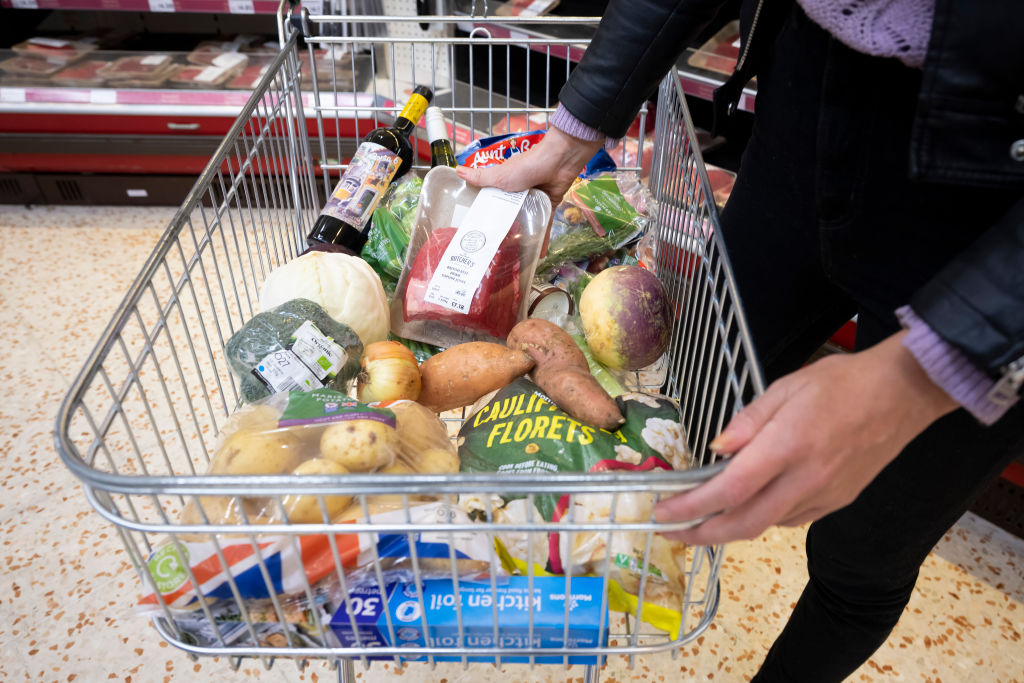Explainer: What’s behind a potential price cap on essential food

Now, it’s been so long it’s almost hard to remember when it started, but the price of pretty much everything has been going up in the UK for months on end. Food was always the most painful item area to go up in price – with the “eat or heat” tragic dichotomy predominating last winter.
Food prices climbed at the fastest rate since the ‘70s in the past months. Despite supermarkets pledging to do everything they can to keep items affordable, people have been struggling to be able to buy what was always on their shop list.
Ministers started looking at potential solutions – reportedly, a possible price cap scheme for staple foods. The government has not confirmed it – as it often does before introducing policies that not everyone will like. The scheme would be voluntary and apply only to specific products – likely items like milk and bread.
Unsurprisingly, the British Retail Consortium slammed the idea, saying that high prices reflect high production costs in “energy, transport and labour”. It also lamented that supermarkets are operating on small margins.
Now Which? has come out and said these price caps, if and when they are introduced, won’t succeed in helping the poorest families if they don’t target small shops.
Local shops like the average Tesco Express or Sainsbury’s Local are much less likely to have budget-range items. A study by Which? found that these items were available less than 1 per cent of the time in small shops, while they could be found 87 per cent of the time in big Asda, Tesco, Sainsbury’s and Morrisons stores.
Yet two-thirds of low-income families shop in these small stores, according to research by Which? The organisation says that any price cap that doesn’t take this into account won’t really make a difference for those who need it the most.
The potential for a price cap has proven controversial in some corners here, but many European countries have adopted some other version of the policy.
At the beginning of last month, the French government negotiated a price cap with retailers. The French supermarkets have the freedom to choose which items are subjected to the cap. Hungary and Croatia have caps on staple foods like milk, but have also introduced limits on the quantity consumers can purchase. The Italian government has refused to cap the price of pasta, but is under pressure to introduce some form of support.
When the UK government introduced the energy price cap, it then admitted the measure had restrained inflation. It’s looking at food for the same reason – it just has to be able to sell it to the corners that don’t want to hear it.